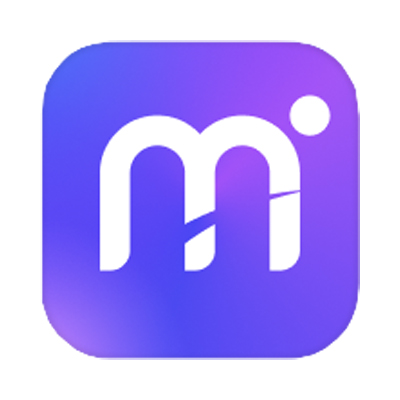The FLAC filetype, short for Free Lossless Audio Codec, is a revered digital audio format for lossless compression. Unlike lossy compression methods, which discard audio information, FLAC retains the complete audio data, ensuring high-fidelity playback. Developed by Xiph.Org Foundation and released in 2001, this open-source codec rapidly earned popularity among audiophiles for its distinct balance of compression efficiency and sound quality.
Understanding FLAC's Technological Framework
FLAC operates by utilizing linear prediction to convert audio samples into a more compact form. During this process, the original audio information remains intact, facilitating a perfect reconstruction of the original signal. The codec supports various metadata, including track titles, artist names, and album art, making it a comprehensive solution for high-quality digital audio libraries.
Software Compatibility and Usage
FLAC's versatility is showcased in its wide support across numerous audio playback and editing applications. Prominent software like VLC Media Player, Foobar2000, and Audacity, among others, readily support the format. This widespread adoption is a testament to FLAC's robust performance and the industry's recognition of its capability to deliver unaltered audio quality.
Exploring Alternatives to FLAC
While FLAC stands as a leading lossless audio format, various alternatives exist that cater to different needs. Apple Lossless (ALAC), Waveform Audio File Format (WAV), and Direct Stream Digital (DSD) are among the notable contenders. Each alternative provides unique attributes, such as Apple's ecosystem integration for ALAC or the high-resolution audio of DSD. The choice between these formats generally hinges on user preference, device compatibility, and specific use cases.


















